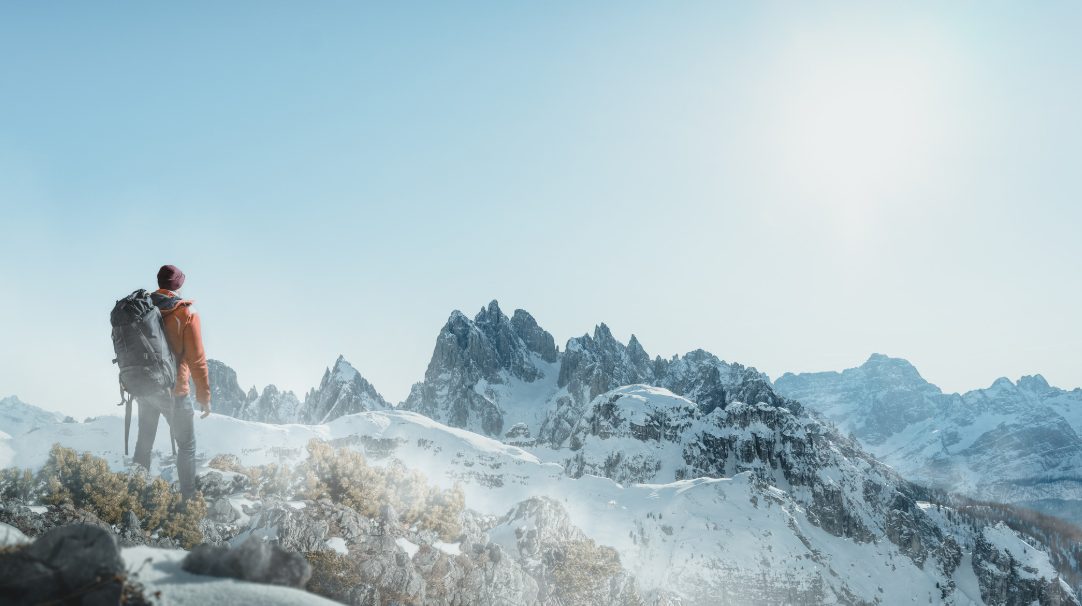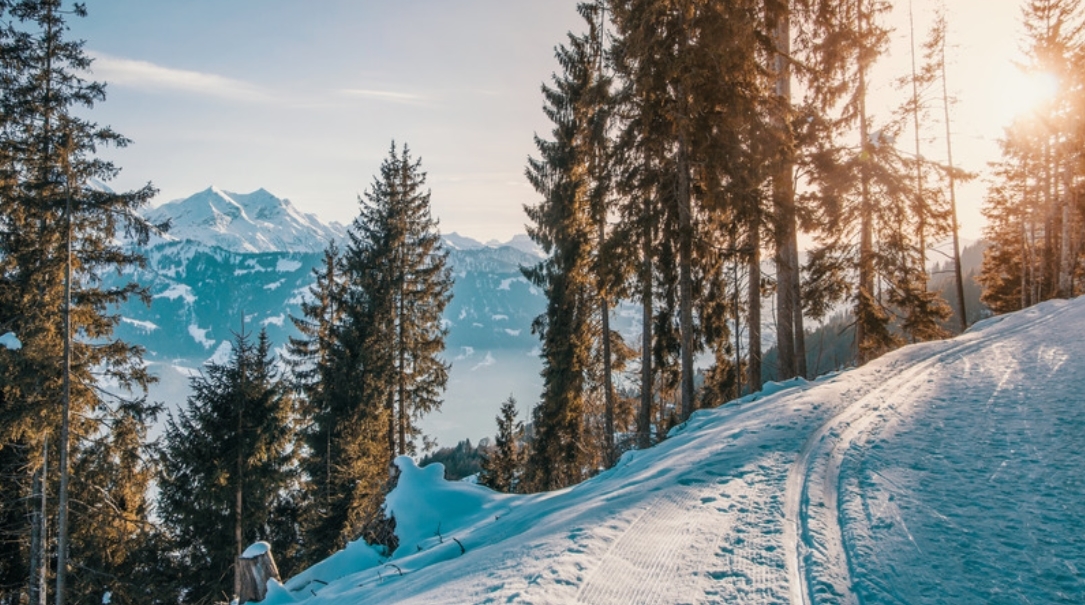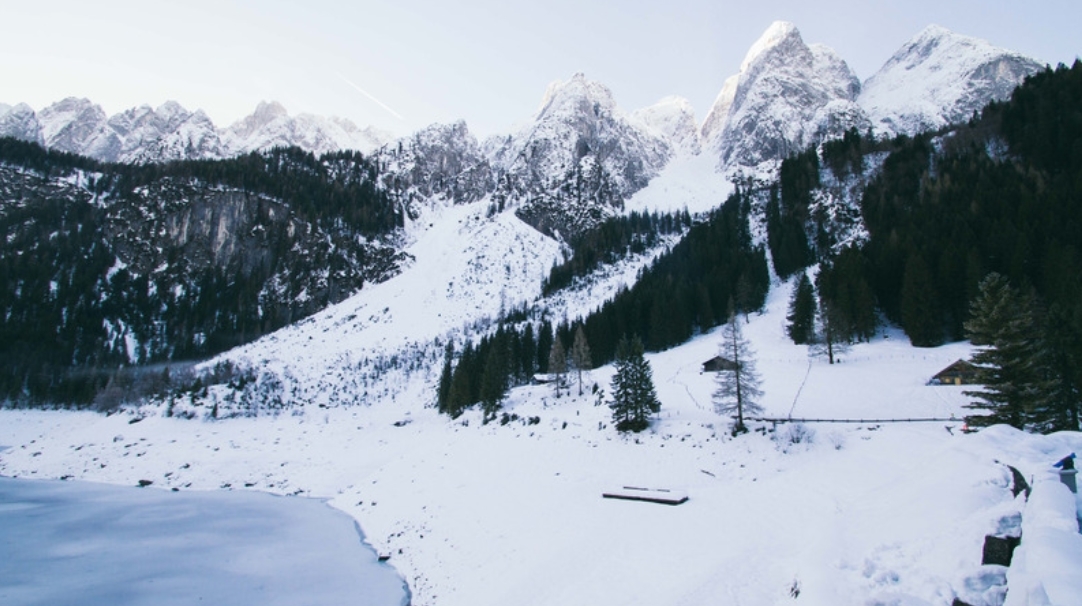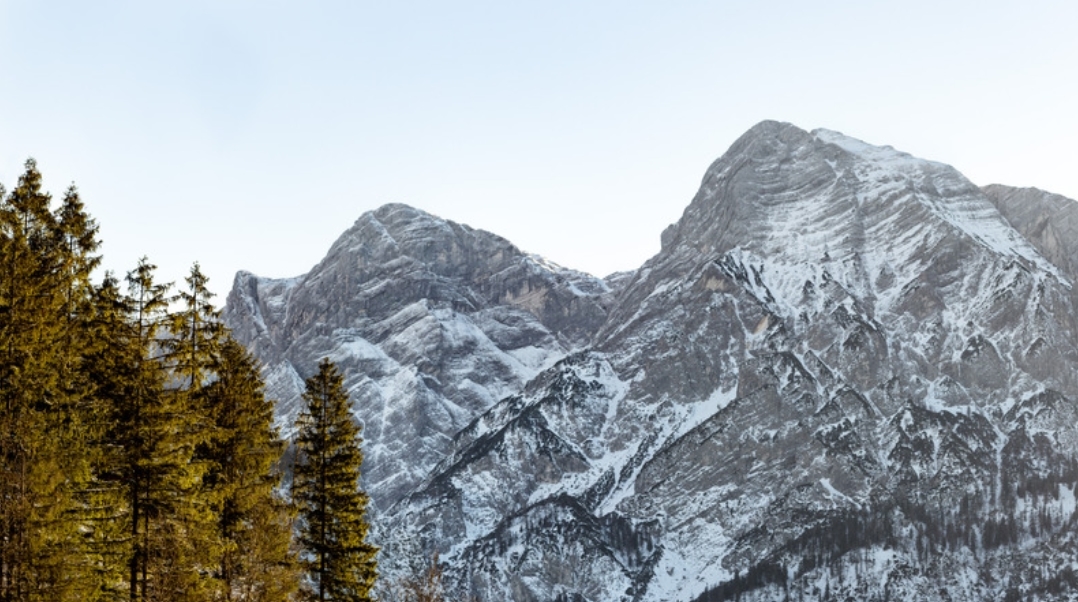Your Cart is Empty

Hey! It's Daniel from Hyke & Byke.
I admit, I used to become somewhat of a hermit once winter hit. However, the cold weather doesn’t have to stop you from hiking and backpacking.
You just have to be ready with the right clothing and the right gear!
The picture above is of me and some of the Hyke & Byke team on one of those Colorado 14er winter trips that I have now come to love since having the right equipment!
Here are my top tips to stay warm and cozy on a chilly hike. It’s incredibly important to wear the right clothing and bring the right gear.

Wear Layers: Layering is a three-part system that consists of a base layer that wicks perspiration away from your skin, a mid layer that insulates you from the cold and a shell layer that keeps wind and moisture out.
The goal with layering is to add and remove layers throughout your hike so you can stay warm and comfortable without overheating and getting sweaty.
It can feel like tedious to stop and change clothes, but it’s really crucial to stay dry. Getting wet on a cold day can possibly lead to hypothermia.
Avoid Wearing Cotton: When cotton gets wet, it takes a very long time to dry, which can leave you feeling damp, cold and dreary.
Synthetic and wool layers dry much faster and will wick perspiration away from your skin.
Cover Your Skin: Any skin that is exposed to freezing temperatures and cold wind is vulnerable to frostbite.
Take special care of your nose, cheeks, ears, fingers and toes.

Avoid Tight Clothing and Accessories: Wristwatch bands, cuffs of gloves, gaiters and boots that are too snug can lead to poor circulation, which can increase your chance of getting frostbite.
Make sure your clothing and gear fit properly.
Add Heat: Hand warmer and toe warmer packets are a great way to warm up your toes and fingers.
Wear a Hat: You can lose heat through the top of your head, so put on a winter hat on if you’re feeling chilly.
Keep Snow Out With Gaiters: If your hike will take you through deep snow, gaiters are essential for keeping snow out of your boots.
They also add a bit of warmth. Be sure to use waterproof/breathable gaiters for hiking in snow.

Bring Goggles or Sunglasses: Always protect your peepers from the sun and wind.
Many goggles and some sunglasses allow you to swap lenses in and out so you can select the right lens tint for the weather.
Pack a Headlamp: Winters means less daylight hours, especially if you’re in the northern part of the U.S. Hence, you must be prepared to hike in the dark.
Have a sense for how many hours of usable daylight you have and always pack a headlamp with fresh batteries.
Keep Batteries Warm: Cold weather can drain batteries quickly. Lithium batteries tend to hold up better in cold temperatures than alkaline batteries, but no matter what battery type you use, it’s best if you try to keep them warm.
Stowing your headlamp, GPS, cellular phone and other electronics in a pocket close to your body can help.
Apply Sunscreen: Just because it’s snowy and there’s no direct sun, doesn’t mean you won’t get sunburnt.
In fact, if there’s snow on the ground, the sun’s rays can reflect back up at you, so you need to be diligent about applying sunscreen on the underside of your nose and chin and around your neck.

Your body’s metabolism is its best heat source, so you need to keep it warmed up with food and water.
Remember To Eat and Drink: When it’s cold outside, you might be less hungry and thirsty to stop for food and water.
Make it simple by keeping snacks and water within reach so you can eat and sip regularly throughout the day.
Pack Warm Drinks: Fill up a vacuum-insulated bottle with hot tea or hot chocolate to sip on when you take a break. The warmth goes a long way toward keeping you comfortable.
Mother nature can't hold you back now! Conquer a frozen hike without the chills this next winter season!
Happy Hiking,
Daniel E.
Hyke & Byke #GearThatGives
Comments will be approved before showing up.